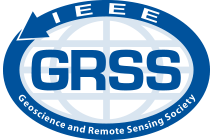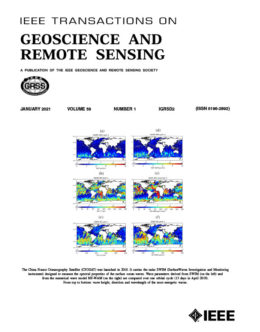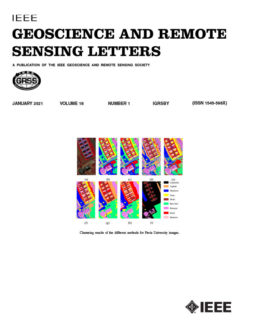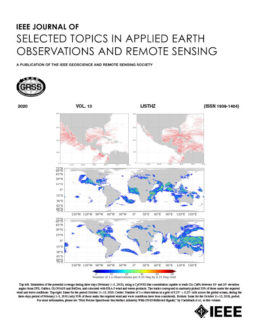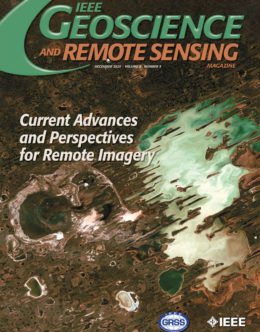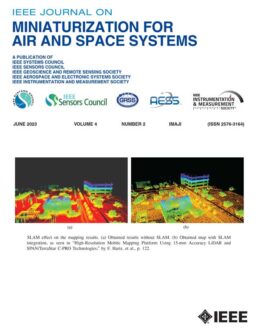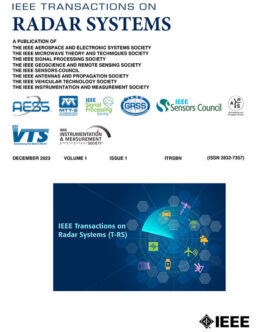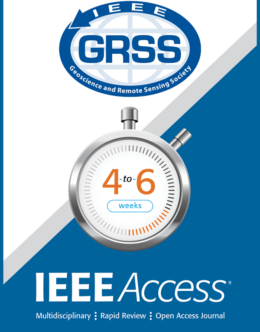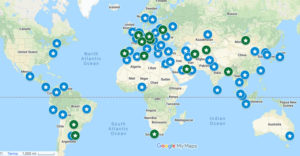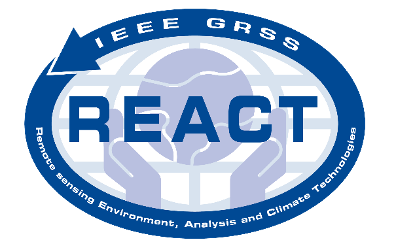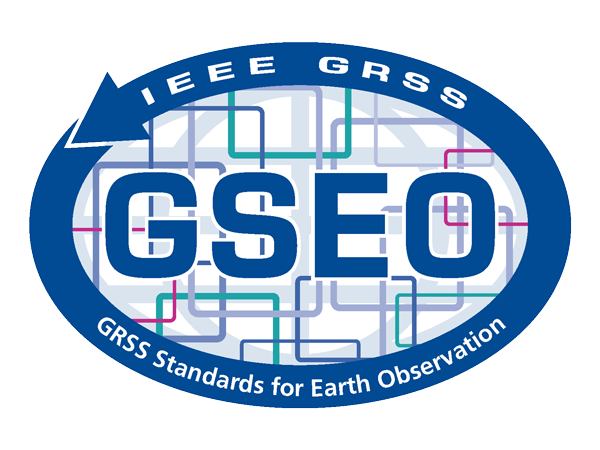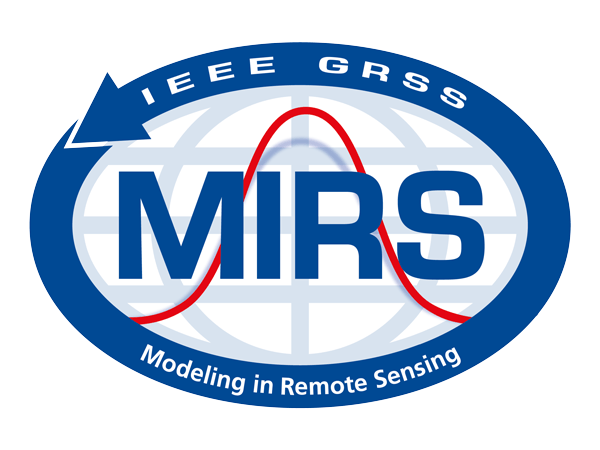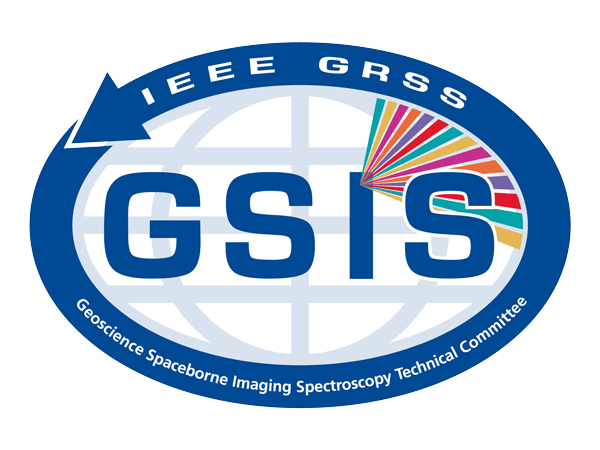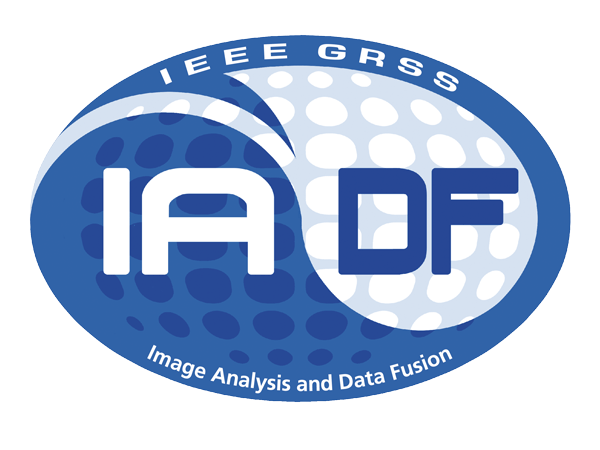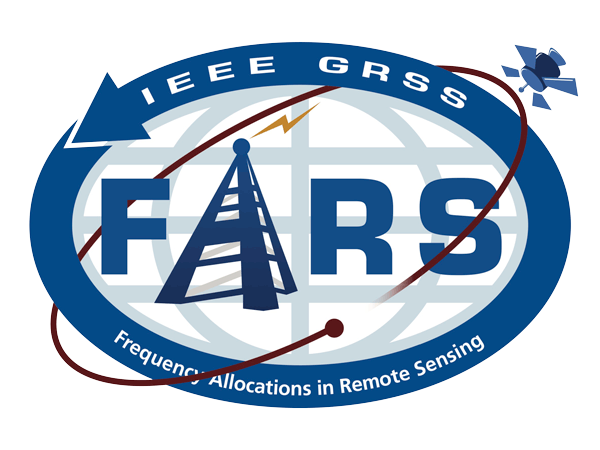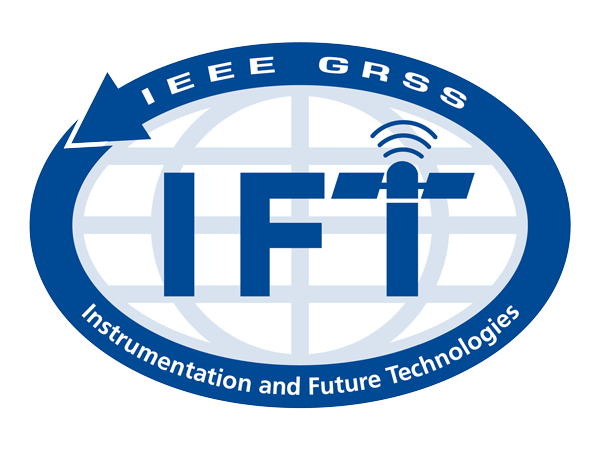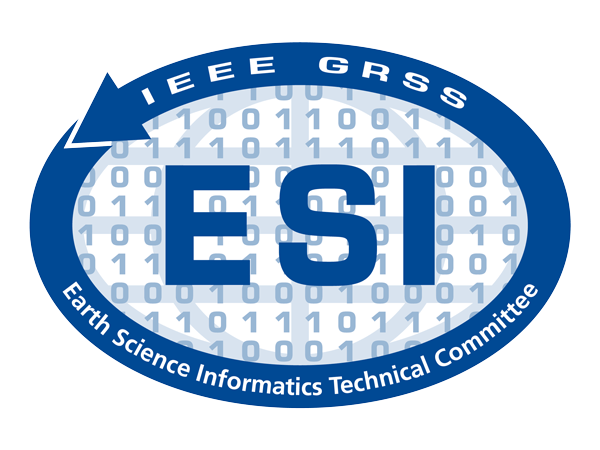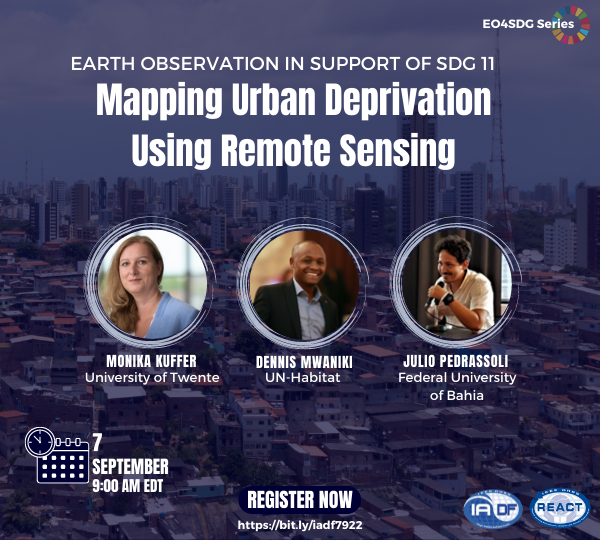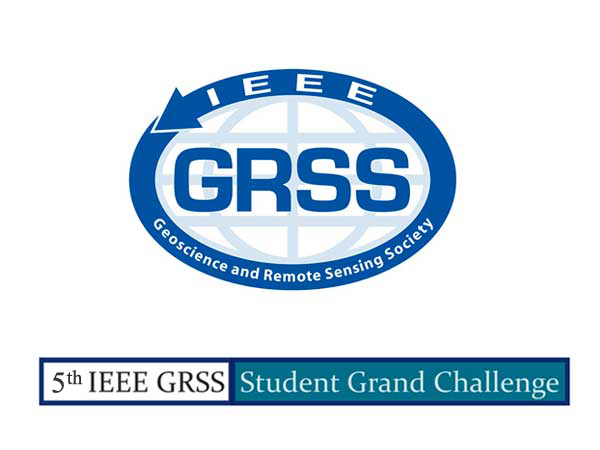Earth Observation in support of SDG11: Mapping urban deprivation using remote sensing
About the Webinar
Rapid urbanization is a global phenomenon that is reshaping the urban environment all over the world. This process is associated with significant socio-economic and demographic transformations, often resulting in the proliferation of deprived and vulnerable urban neighbourhoods. Studying this phenomenon is often hindered by the lack of updated spatial information, preventing a global understanding of the ongoing transformations and the potential design of effective interventions.
The combination of remote sensing data with machine learning offers the opportunity to systematically monitor these rapid developments, providing relevant information for a better understanding of urbanization processes in different parts of the world. Advances in deep learning can largely contribute to mapping urban land cover, land use, and identifying informal and vulnerable areas. Automated techniques to analyze temporal image series can reveal vital information about urban growth patterns and morphological changes.
The webinar will feature presentations from three international experts in mapping and monitoring urban deprivation using remote sensing and geospatial data and will elaborate on the opportunity to use Earth observation to support SDG 11 and indicator 11.1.1 more specifically. The three speakers will provide their views on this societal challenge, bringing together the experience from academia and one of the custodian agencies for SDG 11 (UN-Habitat). A discussion and Q&A session will follow the three presentations.
About the Speakers






